This post may contain affiliate links. Please read our disclosure policy.
Learn how to soften butter quickly with four different fast and easy methods! These tips can help in a pinch when you’re baking and don’t have the time to wait for a stick of butter to slowly come to room temperature.
Want more kitchen basics? Learn how I stock all my Pantry Essentials!
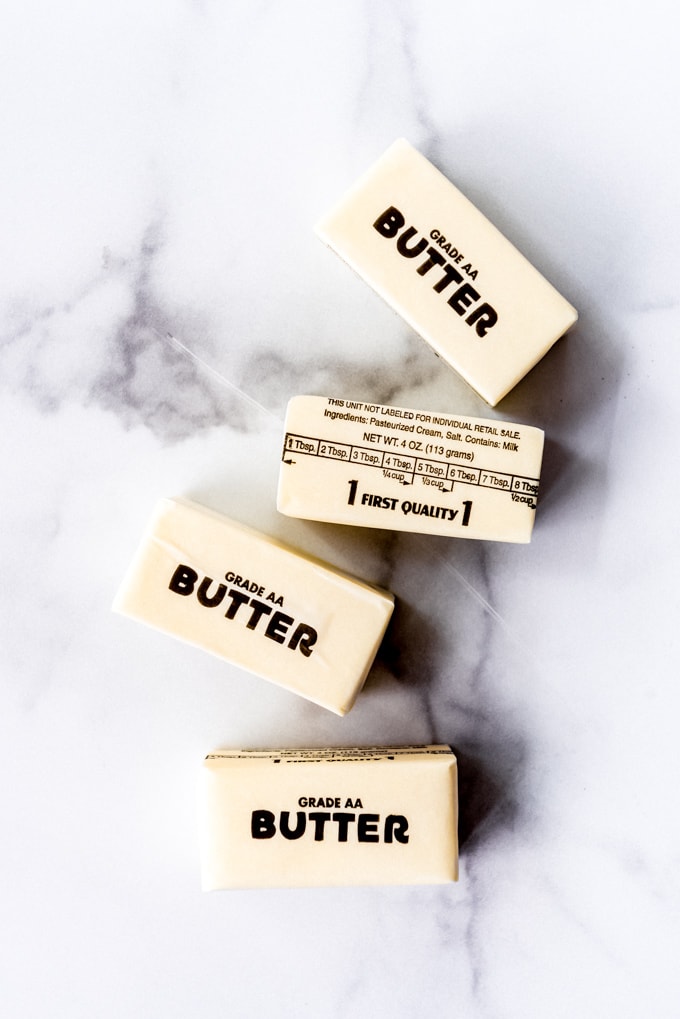
It’s Amy from House of Nash Eats! Instead of a recipe this time, I have a tutorial I hope you will find helpful. I’m showing you four ways to quickly soften butter for baking, without turning it into a puddle in the microwave. (We’ve all been there, right?).
Lots of your favorite recipes call for softened butter or room temperature butter, like Yellow Cake, Chocolate Chip Cookies, Butter Cookies, Cowboy Cookies, or almost any cookie recipe, really.
Butter is often the culprit in recipe failures, like cakes that sink, because it’s either too melted or too cold. I’m here to help you avoid those pitfalls with four fairly quick ways for how to soften butter!
How Long Does it Take to Soften Butter?
A stick of butter will usually take 30-60 minutes to soften on the counter at room temperature. But with the four different approaches I’m sharing here, you can have ready to use, softened butter in under 5 minutes.
There are some variables to keep in mind. The temperature of your home will sometimes affect how quickly or slowly butter will soften, even using these approaches. A stick of butter straight out of the fridge will soften more quickly than one that’s frozen.
Why is it Important to Use Softened Butter?
Using softened butter is important in baking recipes because of the chemistry involved. Baked goods bake differently depending on the temperature of the butter, so be sure to follow the recipe instructions. Pies and scones use cold butter and are denser and rich in butter flavor. Cakes and cookies call for softened or melted butter, and are more moist and tender.
Softened butter will incorporate better with other ingredients in a recipe than cold butter. When a cookie recipe calls for creaming the butter and sugar together, it means to beat the butter together with sugar; cold butter won’t blend well, while room temp butter blend nice and smooth. While I can sometimes get away with not softening my butter in some cookie recipes, I have found that it makes a noticeable difference in cakes and cupcakes.
When a recipe calls for “softened butter,” it means butter that is soft enough that you could press a finger into it, but not so soft that it is almost melting. You will always get the best results when the butter is uniformly soft, something that can be tricky to do if you are rushing the process.
How to Soften Butter Quickly
I’ve got 4 successfully tested methods for faster softening quickly that I’m going to share with you today.
- Grating the butter.
- Cutting the butter into cubes.
- Pounding the butter.
- Softening butter in the microwave.
Grate the Butter
In my experience, the quickest, easiest way to soften butter to use in a recipe is to grate the entire stick on the large holes side of a box grater. Simply unwrap a cold stick of butter straight out of the fridge and start grating, just like you would grate a brick of cheese. In just a few minutes you have softened butter, ready to use.
By the time you are done grating, you can add the butter to the recipe and proceed as normal. You can use this same trick with frozen butter for making scones or a homemade pie crust and it works beautifully!
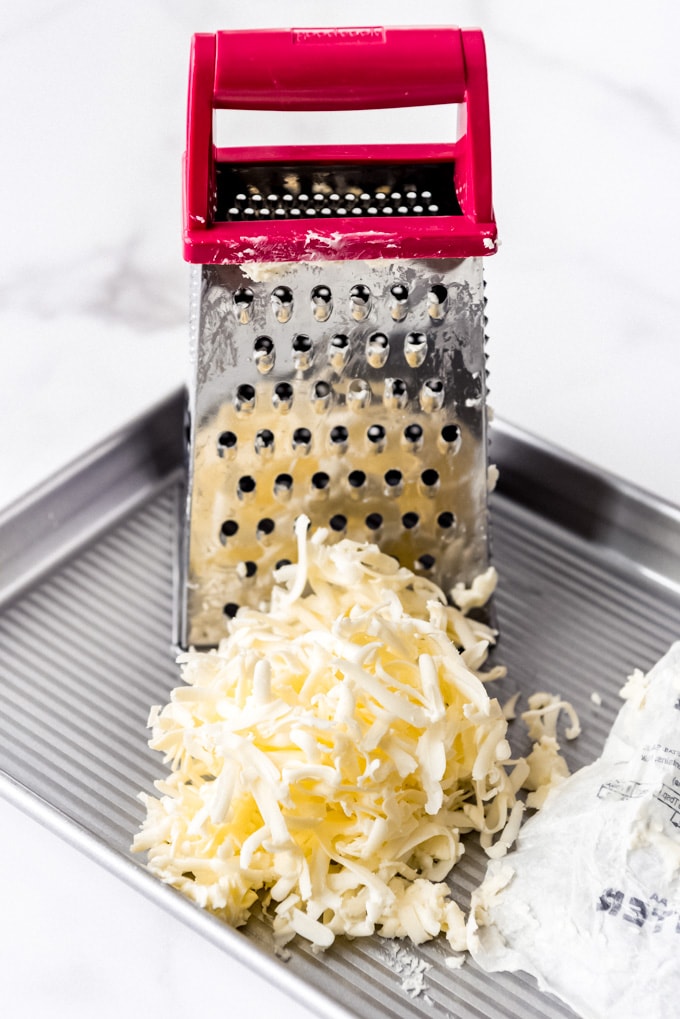
Cube the Butter
Another way I’ve learned how to soften butter in to slice it into small cubes. If I forget to pull a stick of butter out of the fridge to soften at room temperature in advance, this approach is a good one. After only about 5-10 minutes the butter will be softened using this method, instead of the 30-60 minutes it typically takes for a whole stick of butter to soften on the counter.
I like this approach because I don’t have to get out my box grater which gives me one less thing to wash. It does take a few minutes longer for the cubed butter to soften rather than when it’s grated. This is my go-to approach when I’m needing to soften multiple sticks of butter at a time.
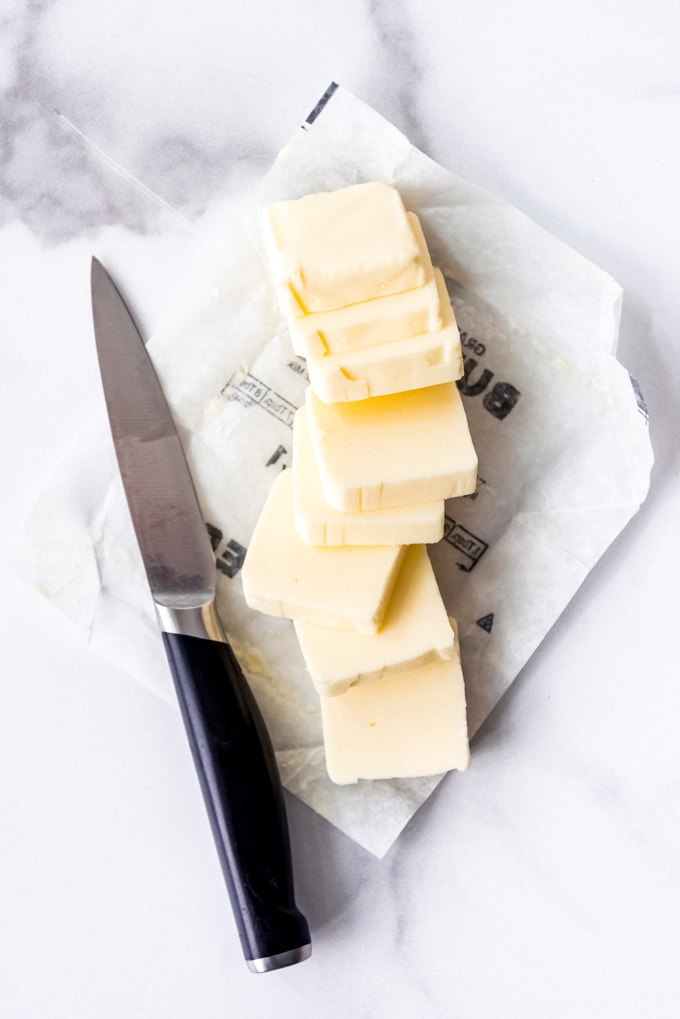
Pound the Butter
A third approach that I use less frequently is to pound the butter flat. Place the unwrapped stick of butter between two sheets of parchment paper and flatten it using a rolling pin. After pounding, let the butter sit on the counter for 5-10 minutes and you can use it in any recipe that calls for softened butter.
I discovered this technique when learning to make laminated dough for things like croissants and puff pastry where you need a thin, flat layer of not-too-soft but workable butter to layer between the dough.
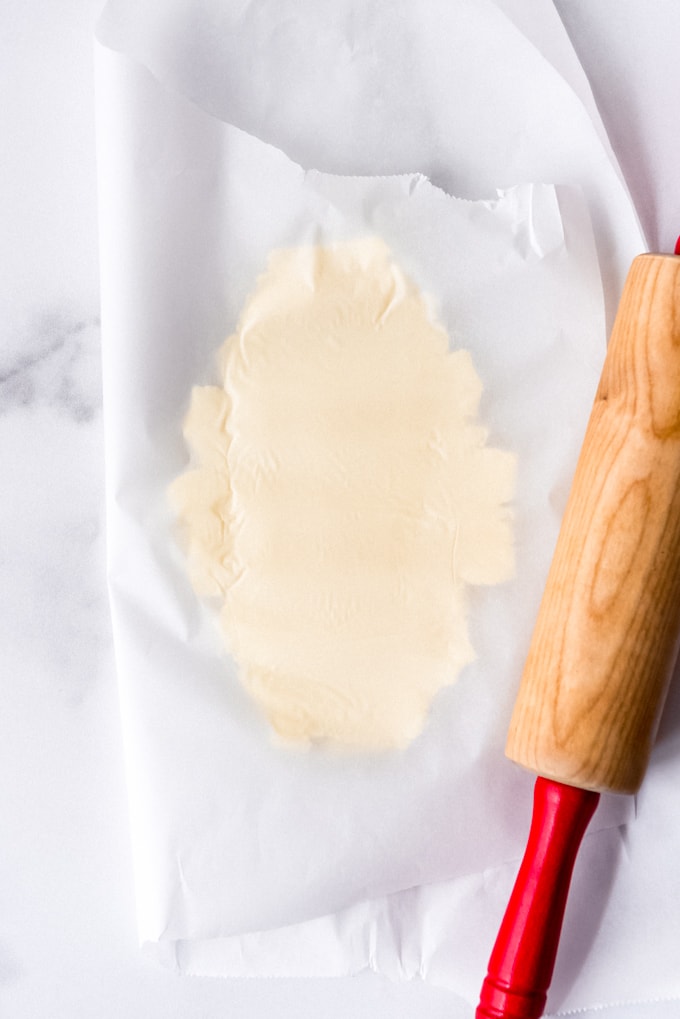
How to Soften Butter in the Microwave
Softening butter in the microwave isn’t usually recommended because the heating is uneven and can melt the butter. But if you are in a rush you may want to try this approach.
The biggest risk when softening a stick of butter in the microwave is that it will melt from the inside out. You won’t realize it until you remove it from the microwave and it spills out of the package, making a huge mess.
Flipping the butter over onto the opposite side while heating can solve this problem. This allows the butter to soften more evenly without melting one part of the stick while leaving the other solid.
It’s a little trickier when attempting to soften multiple sticks of butter. In that case, heat them for no more than 15-20 seconds, flipping a quarter turn every 5 seconds until the butter is soft.
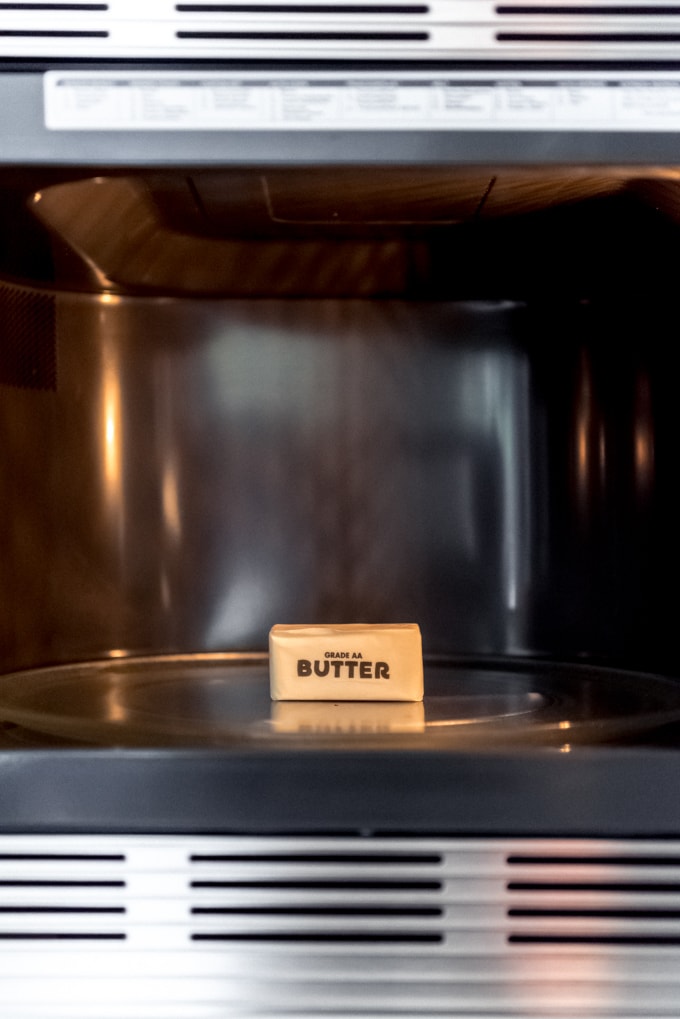
You will probably find that one or two of these methods end up being your preferred approach to quickly softening a stick of butter.
Having these techniques in your arsenal can help you become a better baker. Or at least one who has a trick up your sleeve when you forget to soften butter in advance!
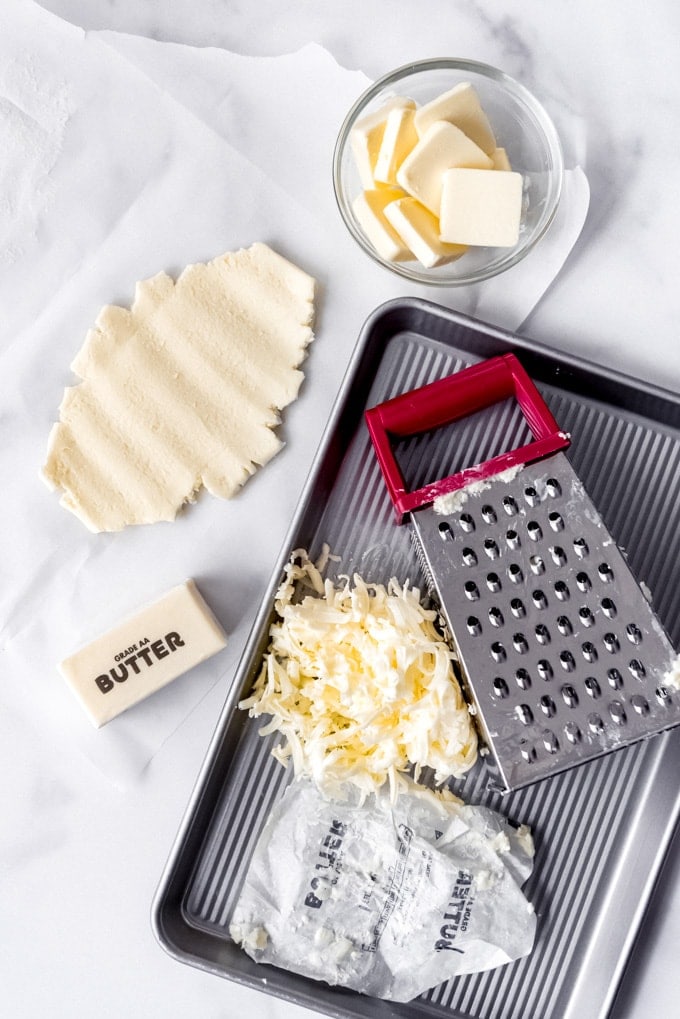
More Recipes that call for Softened Butter
- The Best Peanut Butter Blossoms
- Snickerdoodle Brownies
- Blueberry Sour Cream Coffee Cake Muffins
- Chunky Monkey Banana Bread
- Oatmeal Raisin Cookies
- Fresh Strawberry Cake
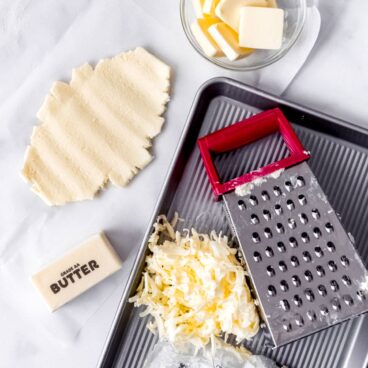
How to Soften Butter
Equipment
- Grater
- Microwave
- Rolling Pin
Ingredients
- 1 stick butter
Instructions
Method 1: Grate the Butter
- Unwrap a cold stick of butter straight out of the fridge and grate the entire stick on the large holes side of a box grater, just like you would grate a brick of cheese. Can be used in recipes immediately.
Method 2: Cube the Butter
- Unwrap a cold stick of butter straight out of the fridge and slice it into cubes. After only about 5-10 minutes the butter will be softened using this method, instead of the 30-60 minutes it typically takes for a whole stick of butter to soften on the counter.
Method 3: Pound the Butter.
- Unwrap a cold stick of butter straight out of the fridge and pound it flat between two sheets of parchment paper (or one large sheet, folded over) using a rolling pin. After pounding, let the butter sit on the counter for 5-10 minutes before using in a recipe.
Method 4: Microwave the Butter
- Do NOT unwrap the cold stick of butter. Place the cold, wrapped butter in the microwave and heat for just 5-7 seconds, then flip it onto the opposite side and heat for another 5-7 seconds. This allows the butter to soften more evenly without melting one part of the stick while leaving the other solid.
- To soften multiple sticks at a time using this approach, heat for no more than 5 seconds at a time and flip a quarter flip each time, heating for a total of 15-20 seconds max until the butter is soft.
Nutritional Disclaimer Kristin Maxwell of “Yellow Bliss Road” is not a dietician or nutritionist, and any nutritional information shared is an estimate. For accurate calorie counts and other nutritional values, we recommend running the ingredients through your preferred online nutritional calculator. Calories and other nutritional values can vary depending on which brands were used.
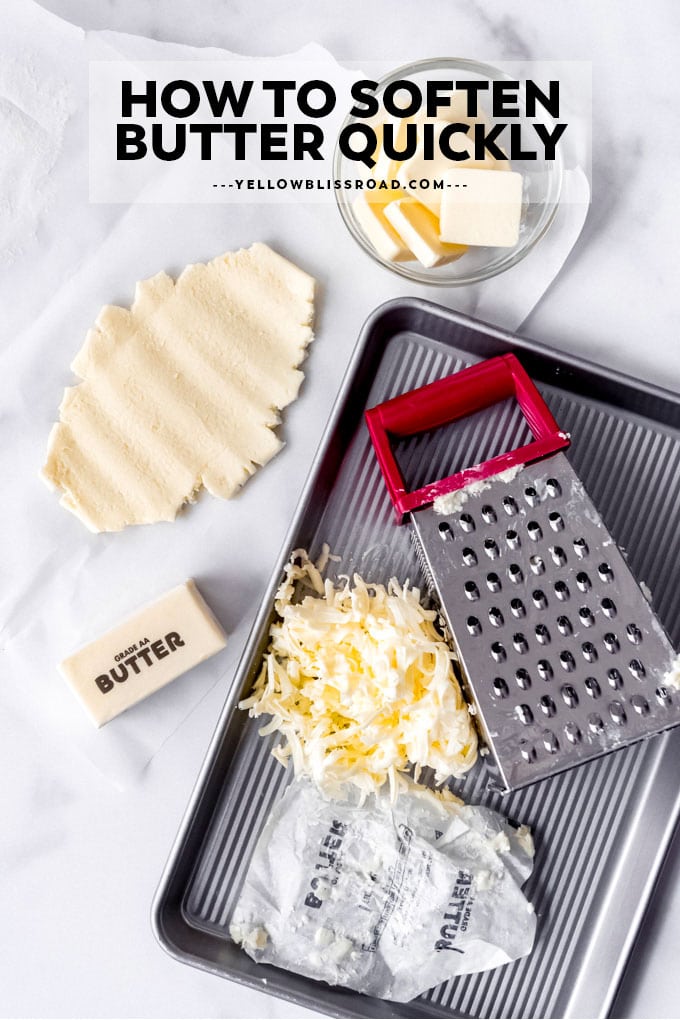
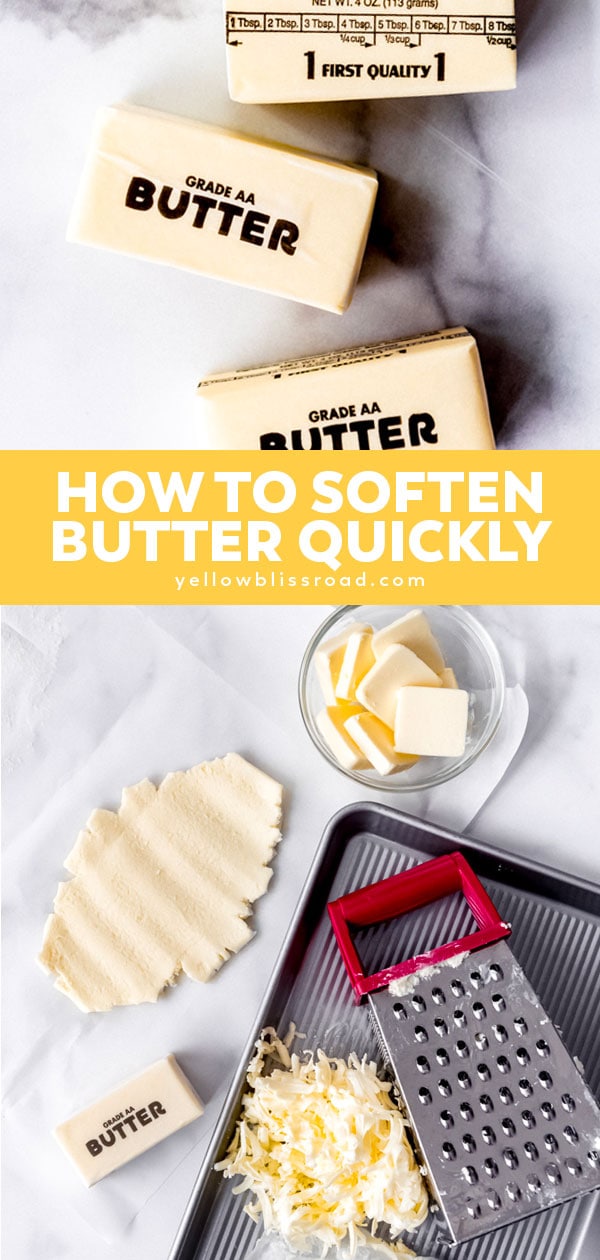

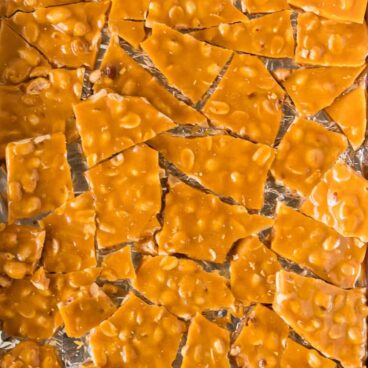


where did you get that butter? I am looking for that in CA and not getting it.
Hi Sandy, the type of butter doesn’t really matter, you can use any sticks that are at the store.
Hi Kristin,
Sure. I know. But I am actually looking for this particular butter. Hence the question 🙂
Hi Sandy, Amy used Costco brand salted butter for her photos in this post.
Hey Kristin, You were exactly right. It was Costco (Salted) Kirkland butter. I found it.
Thank you so much. I was looking for it for a while.
Gr8 ideas. Thanks
Thanks Geri!